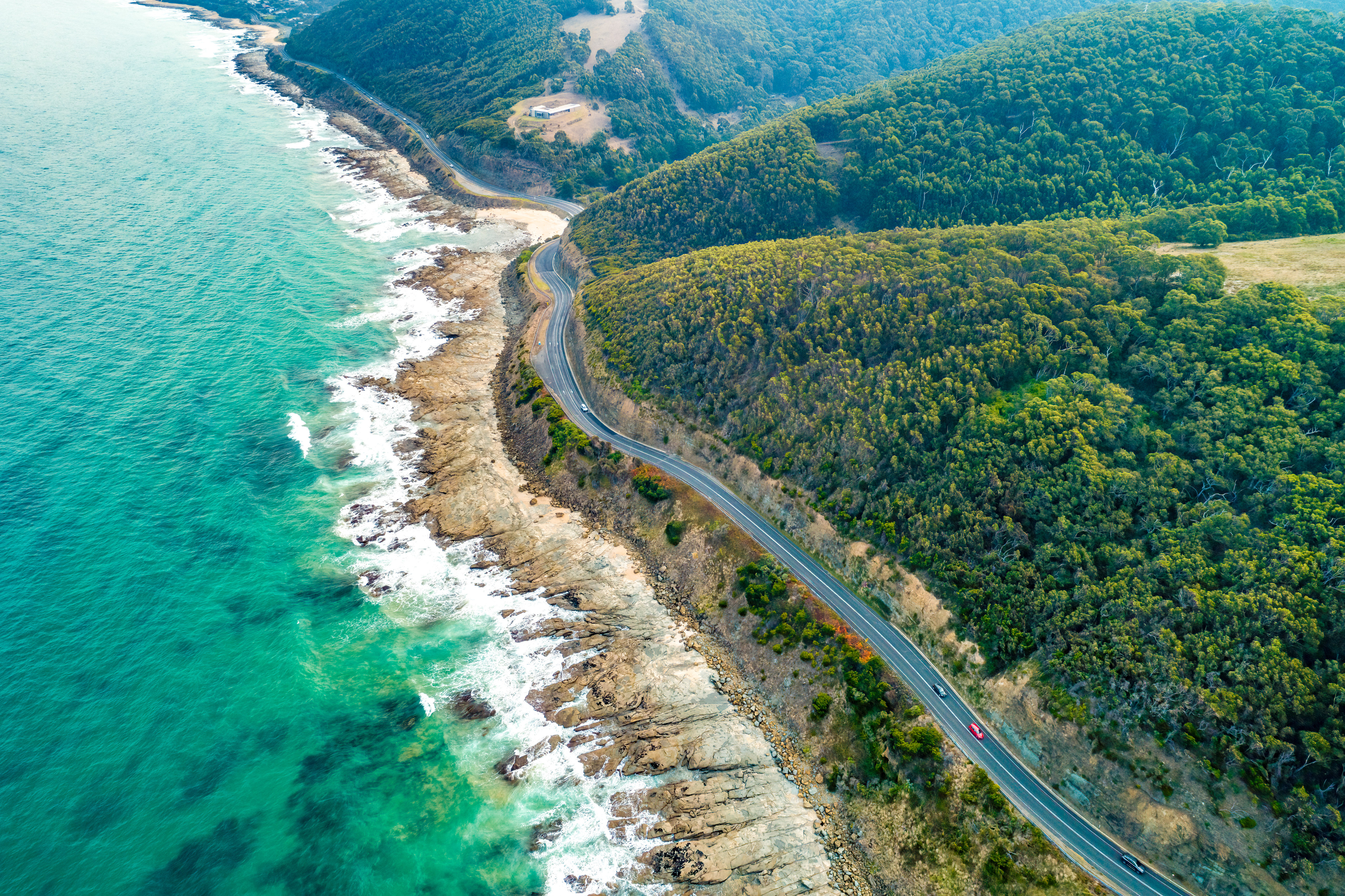Terroir of Victoria
Victoria's wine regions offer a variety of climates and soils shaped by the Great Dividing Range and the cooling Southern Ocean. The Yarra Valley, with its sandy loams and red volcanic soils, is cooler than Bordeaux and perfect for Pinot Noir and Chardonnay. The Mornington Peninsula enjoys a maritime climate, keeping its wines fresh with sandy and volcanic soils. Geelong's limestone and clay loams benefit from a cool maritime influence, while the Macedon Ranges' high altitudes and granite soils create intensely perfumed wines.
Heathcote's warm climate and iron-rich soils produce bold Shiraz. The Grampians and Rutherglen, with their ancient soils, are ideal for refined Shiraz and rich fortified wines. King Valley's varied landscape supports both cool and warm climate varieties, showcasing Victoria's diverse terroir.
Notable Wineries in Victoria
Victoria’s wine regions are celebrated for their dynamic blend of historical depth and modern innovation. Notable areas include:
-
Yarra Valley: Home to Yering Station, Victoria’s first vineyard, established in 1838. Domaine Chandon excels in sparkling wines, while De Bortoli is renowned for its Chardonnay.
-
Mornington Peninsula: Trailblazers like Main Ridge Estate set the stage, with Paringa Estate recognized for its robust Pinot Noir.
-
Geelong: Scotchmans Hill and By Farr offer exceptional wines, with Jack Rabbit Vineyard providing stunning coastal views.
-
Macedon Ranges: Bindi Wines shines with age-worthy Pinot Noir and Chardonnay.
-
Heathcote: Celebrated for its bold Shiraz, notably by Heathcote Estate.
-
Rutherglen: Famous for fortified wines, with Morris of Rutherglen leading the way.
-
King Valley: Known for its Italian varietals like Prosecco, championed by Brown Brothers.
Sustainable Winemaking in Victoria
Victoria's wine industry is making waves in sustainability, with a growing number of wineries embracing eco-friendly practices. The push for green winemaking is not only about preserving the region's diverse landscapes but also about meeting the demands of a global market that values environmental responsibility.
Many vineyards are certified through Sustainable Winegrowing Australia, showcasing efforts in water management, energy efficiency, and biodiversity. By implementing drip irrigation, recycling water, and harnessing solar power, Victorian winemakers are committed to reducing their environmental footprint. Organic and biodynamic practices are becoming the norm, fostering healthier soils with native grasses and natural composts.
This dedication to sustainability aligns with Victoria’s tradition of innovation and quality, ensuring the region continues to produce exceptional, terroir-driven wines while protecting its natural heritage for future generations.
Wine Tourism in Victoria
Victoria is a hub for wine tourism, contributing over $1 billion to the economy annually.
With 21 diverse wine regions and more than 600 cellar doors, it offers a rich tapestry of experiences. These regions are categorized into themes such as "Pinot Coast" and "Shiraz Central," making exploration accessible and exciting.
Key destinations include the Yarra Valley, renowned for its sophisticated cellar doors and hot air balloon rides, and the Mornington Peninsula, which combines charming wineries with beachside relaxation.
Rutherglen invites visitors to the historic "Muscat Mile," while the King Valley celebrates its Italian heritage on the "Prosecco Road." The Grampians offers a blend of natural beauty and historic wineries.
Victoria's winery restaurant culture is notable for its long lunches featuring local ingredients, and events like the Melbourne Food and Wine Festival further enhance the vibrant wine scene.


















































